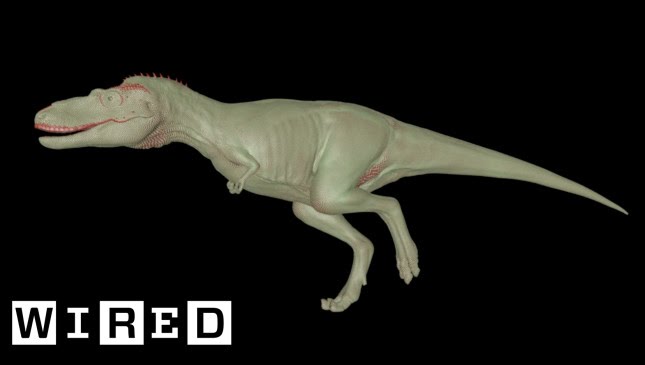Answering Twitter Questions: Exploring the Fascinating Universe of Astrophysics
Summary
In this article, we delve into various topics related to astrophysics as explained by astrophysicist Paul Sutter in response to questions from Twitter. We learn about dark matter, exoplanets, the aging process in space, black holes, parallel universes, the age of the universe, planetary systems, and more.
Table of Contents
- Dark Matter: The Invisible Matter that Dominates the Universe
- Exoplanets: The Possibility of a Trillion More in the Milky Way
- The Aging Process in Space: Motion, Acceleration, and Gravity
- Black Holes: The Weirdest Place in the Universe
- Parallel Universes: Two Senses in Physics
- The Age of the Universe: 13.77 Billion Years Plus or Minus 100 Million Years
- Planetary Systems: Insights into Formation and Evolution
Dark Matter: The Invisible Matter that Dominates the Universe
Astrophysicist Paul Sutter explains that dark matter is invisible matter that makes up 80-90% of the universe. It does not interact with light or any other form of electromagnetic radiation, which makes it difficult to detect. However, its presence can be inferred through its gravitational effects on visible matter. Scientists are still trying to understand the nature of dark matter and its role in the universe.
Exoplanets: The Possibility of a Trillion More in the Milky Way
Sutter confirms that we have confirmed around 4-5,000 exoplanets with the possibility of a trillion more in the Milky Way. Exoplanets are planets that orbit stars outside of our solar system. The discovery of exoplanets has opened up new possibilities for the search for life beyond Earth.
The Aging Process in Space: Motion, Acceleration, and Gravity
Sutter explains that a person in space ages at a different rate than someone on Earth due to motion, acceleration, and gravity. This is due to the effects of Einstein’s theory of relativity, which shows that time is relative and can be affected by these factors. Astronauts who spend extended periods of time in space may age slightly slower than their counterparts on Earth.
Black Holes: The Weirdest Place in the Universe
Sutter describes the inside of a black hole as the weirdest place in the universe. Black holes are regions of space where the gravitational pull is so strong that nothing, not even light, can escape. Inside a black hole, one is forced to travel towards the singularity in a finite amount of time, which defies our understanding of space and time.
Parallel Universes: Two Senses in Physics
Sutter explains the two senses of parallel universes in physics. The first sense is the idea of multiple universes existing simultaneously, each with its own set of physical laws and properties. The second sense is the idea of parallel universes existing in a higher-dimensional space, which allows for different versions of reality to exist.
The Age of the Universe: 13.77 Billion Years Plus or Minus 100 Million Years
Sutter confirms that the universe is 13.77 billion years old plus or minus 100 million years. This age is determined through various methods, including the study of the cosmic microwave background radiation and the observations of distant galaxies.
Planetary Systems: Insights into Formation and Evolution
Sutter discusses the properties of planetary systems and how they can tell us about their formation and evolution. Binary star systems, where two stars orbit each other, can provide insights into the formation of planets. The study of planetary systems can also help us understand the conditions necessary for the development of life.
Conclusion
Astrophysics continues to provide fascinating insights into the weird and wonderful universe we live in. While some questions remain unanswered, the exploration of the cosmos is an ongoing endeavor that promises to reveal even more mysteries and wonders.







